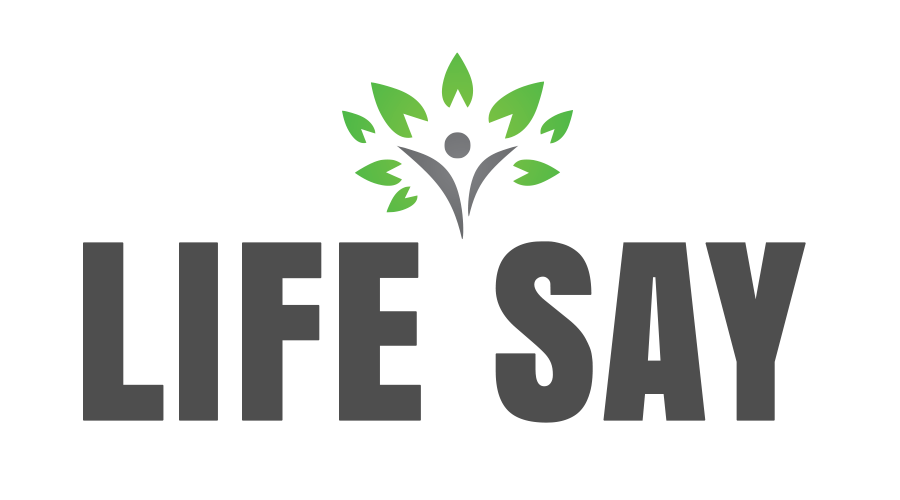Several factors influence profitability in the textile industry. Businesses that stay updated on fashion trends, design preferences, and consumer needs can offer sought-after fabrics to attract more customers. In addition, lean manufacturing practices and implementing technology are crucial for cost-effective production management. These strategies can help reduce lead times and optimize business planning.
Invest in Technological Advances
Fabric sourcing is a critical element of the fashion industry. It not only influences the quality and appearance of garments but also impacts the environment and society. By investing in technological advancements, fabric sourcing can improve sustainability, efficiency, and transparency. Artificial intelligence and data analytics are some of the advanced sourcing tools that fashion brands can adopt to optimize their sourcing decisions, reduce waste, and enhance supply chain traceability. The textile industry faces various challenges, including market demands and political instability. However, adapting to technological advancements can help companies stay ahead of the curve and ensure long-term sustainability. These advanced techniques can increase productivity and efficiency, reduce costs, and improve profitability. One popular approach is lean manufacturing, which eliminates wasteful processes, reduces excess inventory, and optimizes production flow to enhance product quality and reduce costs. These methods also shorten lead times, allowing companies to respond quickly to fluctuations in demand. Eco-efficient technologies, such as water treatment, wastewater management, and recycled materials, help reduce the environmental impact of textile production. These practices align with the needs of eco-conscious consumers. Finally, automation significantly improves production efficiency and reduces costs. Automated systems can perform tasks quickly and accurately, reducing production time and labor costs. These machines can work under various conditions, reducing the need for manual supervision and ensuring high-quality products at a lower price.
Develop Strategic Partnerships with Suppliers
As the textile industry progresses, it has faced challenges due to environmental concerns and rising consumer demand for sustainable products. However, focusing on productivity enhancements, product design, and strategic supplier relationships can help mitigate these issues. The most effective fabric-sourcing strategies incorporate all aspects of production into one seamless process. To do this, manufacturers should look for suppliers who can provide a single-source solution and cut out extra steps in the supply chain. This can save time and costs while increasing efficiency. A streamlined approach to production can also reduce sourcing risks by eliminating bottlenecks in the supply chain. For example, a clothing creator who relies on hand-crafted lace from a single supplier could benefit from branching out to other fabric sources if the supplier cannot meet production demands.
It’s important to build a relationship with your suppliers based on mutual trust and loyalty. This can be achieved by regularly communicating with them, listening to their concerns, and forming a partnership that benefits both parties. When a buyer and supplier work together, it can lead to lower inventory costs, improved quality, and reduced production time. This kind of partnership can also help minimize availability problems, like delays in shipping and shortages that can eat into profit margins.
Utilize Digital Printing Techniques
Digital printing techniques are making a huge impact in the textile printing industry. These methods eliminate the need for screens like traditional screen printing, significantly reducing production time. They also produce a much higher quality print, ideal for highly detailed fabrics with tonal or woven patterns. They’re also a great option for short runs, and they can even be used in conjunction with body scan data to create custom-fitted prints for the wearer. This technology is also more environmentally friendly, requiring less water and no chemicals. This helps reduce the textile industry’s carbon footprint, a key concern for many eco-conscious consumers.
Additionally, digital printing allows for faster turnaround times and lower minimums than other printing methods. This makes it a great option for small businesses previously constrained by large order minimums and setup fees. Garment merchandisers need to consider these factors when placing fabric/trim orders. This way, they can ensure they receive the right amount of cloth/trims within a given lead time and at a competitive price. This will help them to maintain their profit margins and be successful in the apparel business.
Invest in Efficient Inventory Management
Creating the right balance between assuring quality and minimizing costs is one of the biggest challenges garment and textile manufacturing companies face today. This delicate equation requires companies to develop efficient design and product development processes and utilize effective sourcing strategies for materials and components. Textile manufacturers can improve operational efficiency and profitability by implementing cost management practices, such as leveraging technology, streamlining production, and developing strategic partnerships with suppliers. By implementing these strategies, they can reduce the time it takes to produce products, minimize material waste, and optimize procurement costs. Aside from implementing lean manufacturing techniques, a successful fabric and trims company should also invest in workforce training and development. This will help them ensure a well-trained and skilled workforce, reducing labor costs and increasing productivity.
Additionally, a good work culture can lead to reduced expenditures on maintenance and alterations. Moreover, fashion trends and consumer preferences highly influence the textile industry. Keeping up with the latest industry developments and trends can help companies gain competitive advantages and increase profits. For example, investing in innovative products that align with current customer demands can help companies improve their market position. In addition, diversifying product offerings can reduce reliance on a single raw material and mitigate the impact of raw material price fluctuations.


